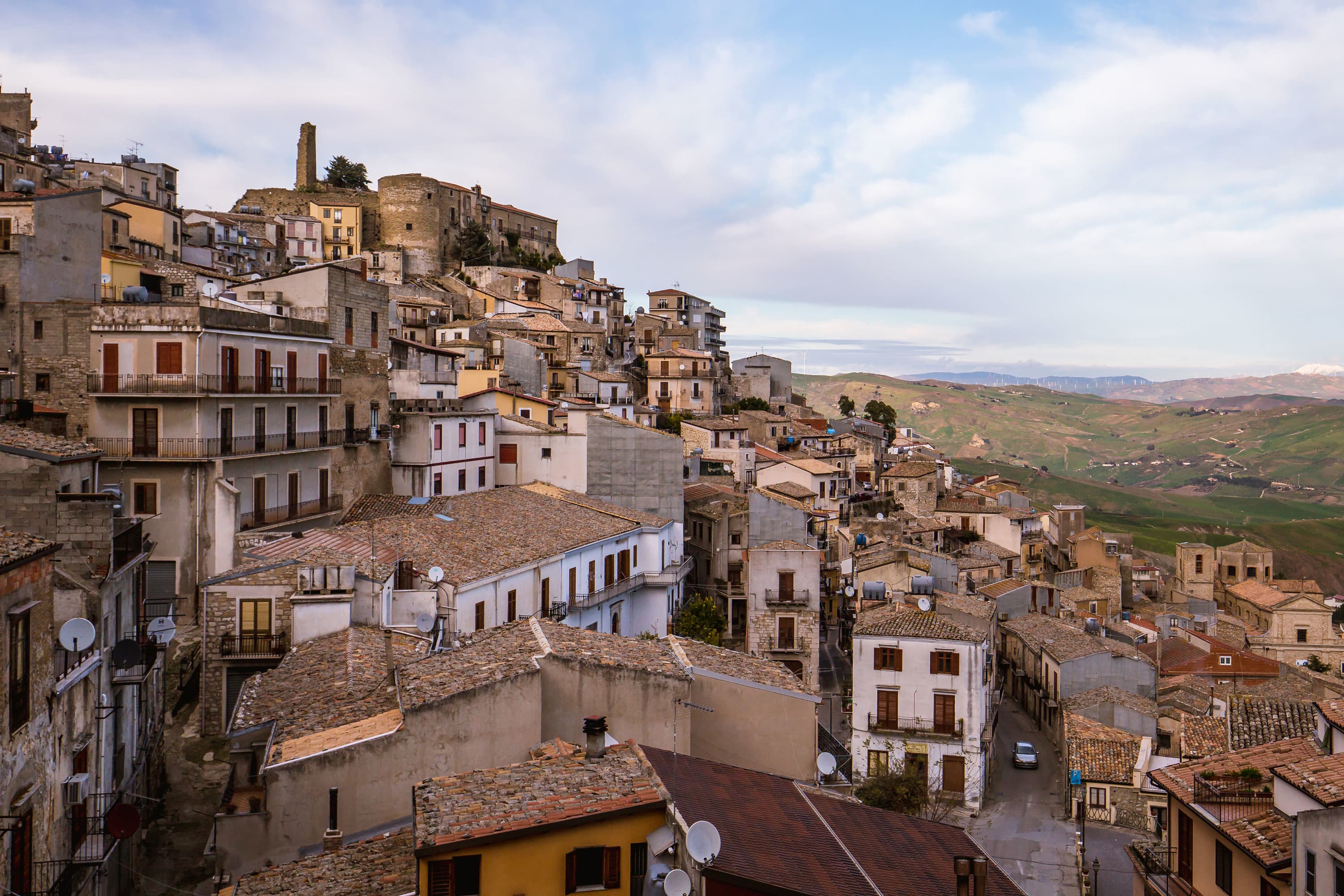
It opened with the Black Death, which swept through Europe, killing perhaps a third of its people and having a huge impact on society. From about 1350 to 1500 the period of the late Middle Ages was a time of transition, seeing the emergence of modern Europe. The period of the High Middle Ages, from about 1000 to 1350, was the high water mark of medieval civilization, leaving a durable legacy in the soaring cathedrals and massive castles which sprang up all over Europe. The Christian Church, already highly influential by the time of the western Roman empire’s fall, strengthened its hold on society. Western European society was reshaped with the rise of self-sufficient estates (or manors), then of horse-soldiers ( knights), and finally of feudalism. Literacy, and with it learning, all but vanished. Long distance trade shrank, the currency collapsed, the economy mostly reverted to barter, and the towns diminished in size. The five-plus centuries after the fall of Rome (up to c.1000) have been called the Dark Ages, and witnessed a dramatic decline in the level of material civilization. The thousand-year long period of western Medieval Europe can be divided into three main phases, of unequal length. It was one of the most fascinating and transformative eras in world history. In fact, though, modern historians regard these centuries as the cradle of the modern age, a time when many elements of our society which we value – democracy, industrialisation, science and so on, had their roots. We still get an echo of this in the ideas surrounding the term “Gothic” – dark, gloomy, foreboding. In fact, the term was coined by later historians, and means “Middle Ages”, which might today be rendered as “in-between times” – that period which came after the high civilizations of the Greeks and Romans, and before the high civilization of the Renaissance: an age of barbarism, ignorance, illiteracy and violence.

The period of European history which we call “Medieval” is usually regarded as consisting of the thousand years or so between the fall of the Roman empire in the west (in the 5th century), through to the period of the Renaissance in the 15th century. We will also visit the Ggantijja Temples, known to be the oldest freestanding temples in the world.Fetteresso Old Inn (now a private house) / Photo by Russ Hamer, Wikimedia CommonsĮxploring the thousand-year long period of western Medieval Europe. Here we’ll see the Citadel in Victoria, the famous Inland Sea in Dwejra and the rocky cliffs in Xlendi Bay. The following day we’ll cruise over to Mgarr on the island of Gozo. We’ll visit St Johns Co-Cathedral, the Palace of the Grand Masters and Malta’s ancient capital Mdina. Malta’s capital Valletta was founded by the Knights of St John in 1566 to strengthen the order’s position on the island after the siege of Malta by the Turks in 1565. It’s then onto Malta where we’ll spend two days in Valletta and Mgarr. We’ll also see Torre dell’Orologio, a restored 12 th century clock tower and the famous Ancient Greek theatre, founded in the third century BC and rebuilt by the Romans at the end of the first century. We will walk around the medieval centre and see the Terrace Piazza IX April, with its views overlooking the mountain and the sea. The town, founded by the Greeks, has an ancient theatre that also overlooks Mt Etna.

We’ll stop at Catania, the island’s second largest city. On day 12 we arrive in Greece where we dock in Corfu, the most northern island of the Ionian Group. Here we’ll visit Corfu Town with its unique architecture influenced by Venetian, French and British occupation.įrom Corfu we sail to Sicily.


 0 kommentar(er)
0 kommentar(er)
